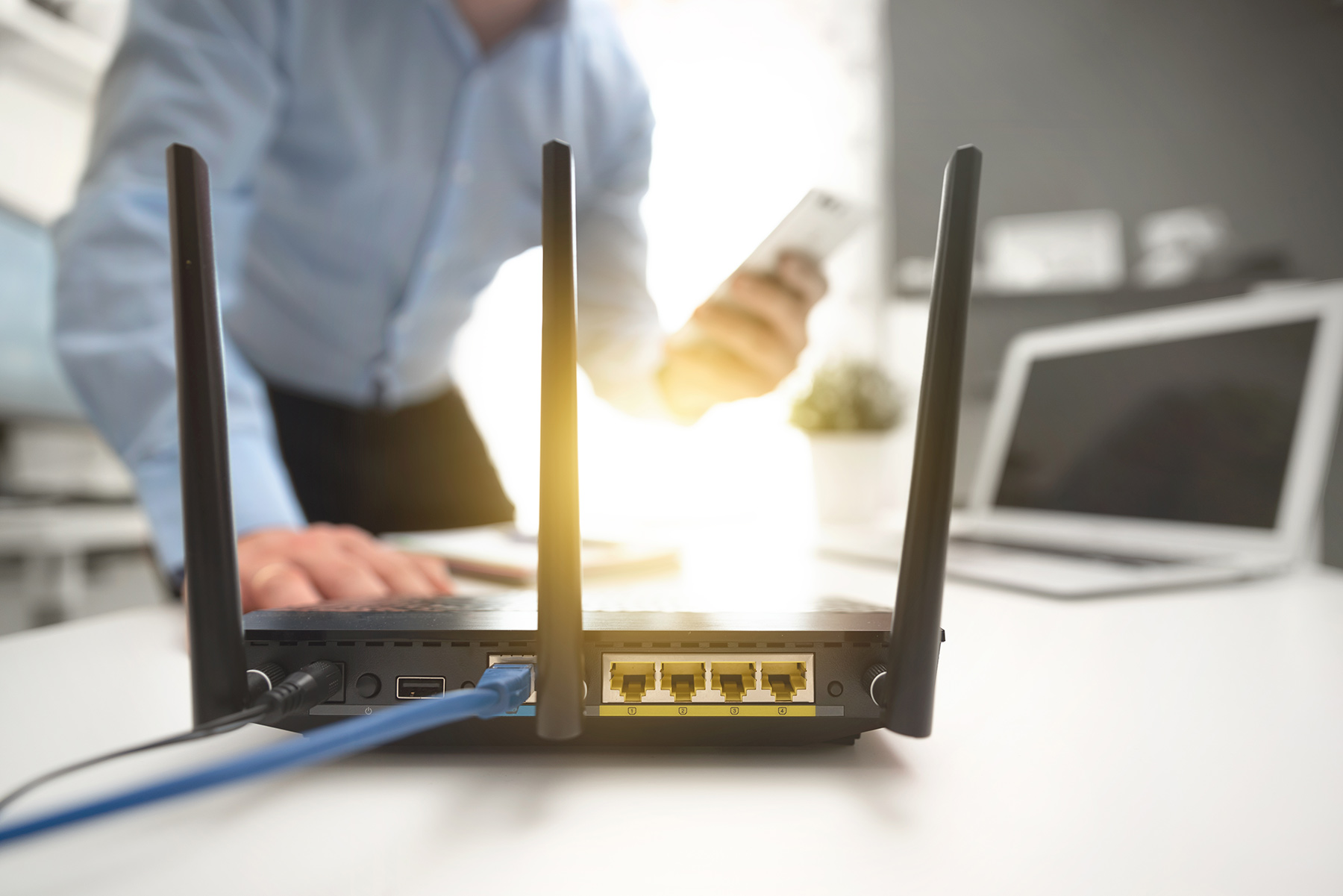
How WiFi Friendly is Your Laptop? Find Out in Three Steps
By: Michael Harris, IT Solutions Specialist, Focus Data Solutions
Sometimes slow WiFi speed can be difficult to troubleshoot. Like any problem, it requires the assessment of several variables, some of which aren’t always obvious. Environmental interference, proximity to the WiFi device, available bandwidth, administrative configurations, and more can all have an impact on how fast your web browser and email client communicate. But before we move too quickly, let’s look at the hardware physically contained in your PC.
Most laptops are equipped with a small device called a WLAN card that’s responsible for sending and receiving data over the air. Depending on its design, it can transmit this data in one of two ways: through a 2.4GHz network band, or a 5GHz. Think of it like a tunnel through which cars pass – the wider the tunnel, the more cars can move freely, and at faster rates. The same is true for network bands. Older, and more budget-friendly WLAN cards may only support a 2.4GHz frequency, which is slower than the 5GHz.
How can you check which bands your device supports? With a little digging, it’s easy to discover.
- Find Your WLAN Card Model
In a Windows environment, you can open System Information to find your specific WLAN model. On the left side under System Summary, open Components > Network > Adapter. You may have a series of adapters listed, look for the one with the word “wireless” in the Name.
- Find Its Protocols
From the manufacturer’s website, perform a quick search on the WLAN card’s model name. There should be a dedicated page with product specifications, and here you’ll find an IEEE 802.11 designation for the card in the form of a lower-case letter.
- Determine Its Capabilities
The protocol employed by the WLAN card will determine which network frequencies it can use. Use the table below as your guide.
| 5GHz Capable | 2.4GHz Only |
| 802.11a 802.11ac 802.11ax 802.11n | 802.11b 802.11g |
If you find you can only connect to a 2.4GHz frequency, you may not be taking full advantage of your network’s capabilities. Time for a laptop upgrade? You be the judge, but we’re here to help should you decide that it is.
Resources Used:
“TechLibrary.” Understanding the IEEE 802.11 Standard for Wireless Networks – Technical Documentation – Support – Juniper Networks, https://www.juniper.net/documentation/en_US/junos-space-apps/network-director3.2/topics/concept/wireless-80211.html.
